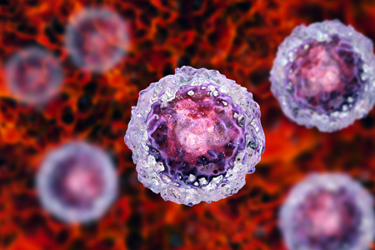Spotlight On PNH: The Evolution Of Research And Treatment

A discussion with Dr. Mehool Patel, Associate Chief Health Officer —IBM Watson Health (Chief Medical Officer Provider Analytics)
With a history dating back to before the 19th century, paroxysmal nocturnal hemoglobinuria (PNH) is defined as an acquired rare disease triggered by a rare mutation in bone marrow stem cells, with patients experiencing production of irregular blood cells that are a direct result of PNH cells acquiring a deficiency of complement regulatory proteins.1 PNH was so named because early patients experienced nocturnal paroxysms of hemoglobinuria – hemoglobin appearing in the patients urine at night, turning the excretion a dark brown hue. However, we now know that this phenotype occurs only in about 50 percent of patients. Characterized by a wide spectrum of symptoms, diagnosis, and severity in all patient age groups, PNH treatment has become more effective in recent years, but remains both time and cost prohibitive to those who suffer.
Recently, Biorasi had the chance to catch up with Dr. Mehool Patel to discuss innovations in the treatment of PNH as well as the diverse nature of this rare disease. Dr. Patel is a board-certified medical oncologist and hematologist with 15 years of experience. In his current role as Associate Chief Health Officer at IBM Watson Health, he focuses on oncology and genomics-related solutions. Dr. Patel is also a Clinical Professor at Northeast Ohio Medical University.
Get unlimited access to:
Enter your credentials below to log in. Not yet a member of Clinical Leader? Subscribe today.
